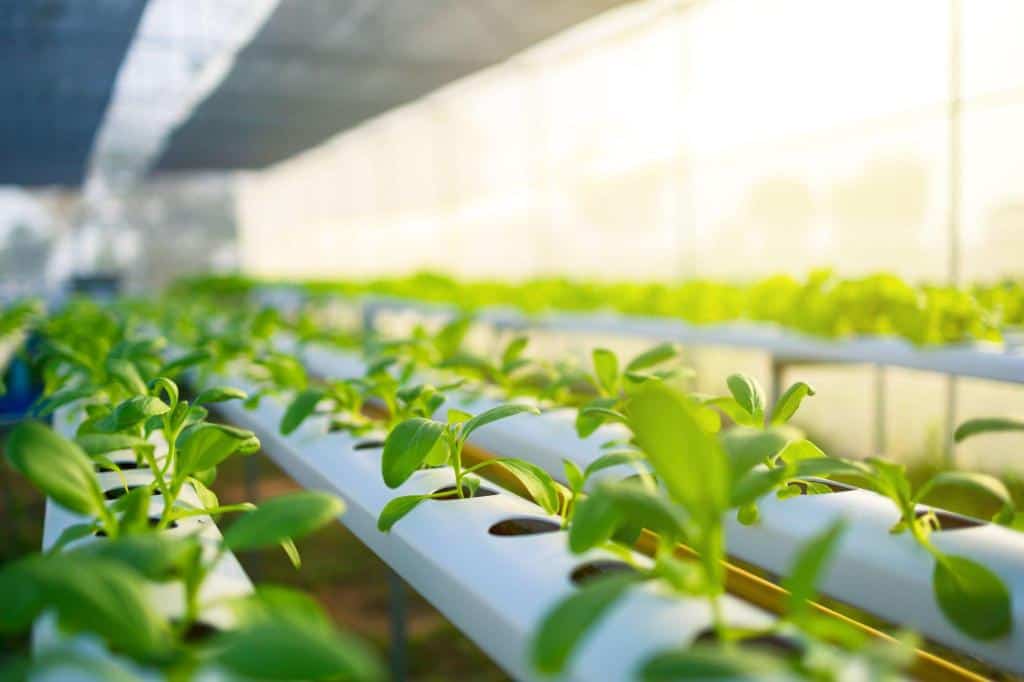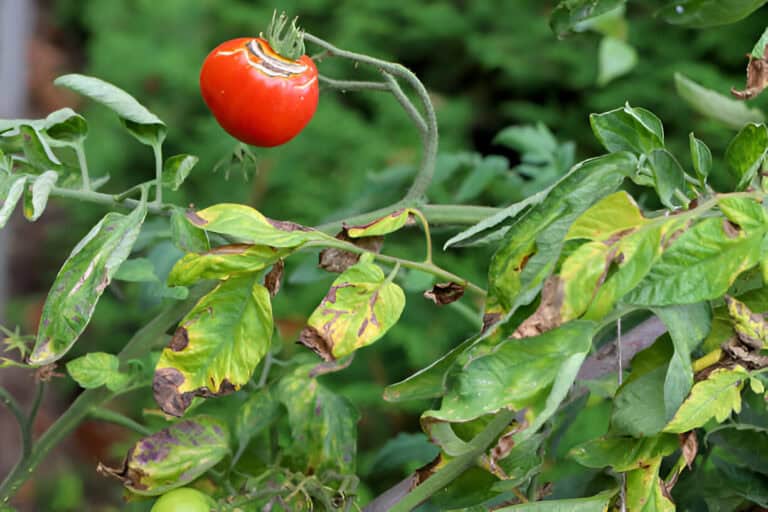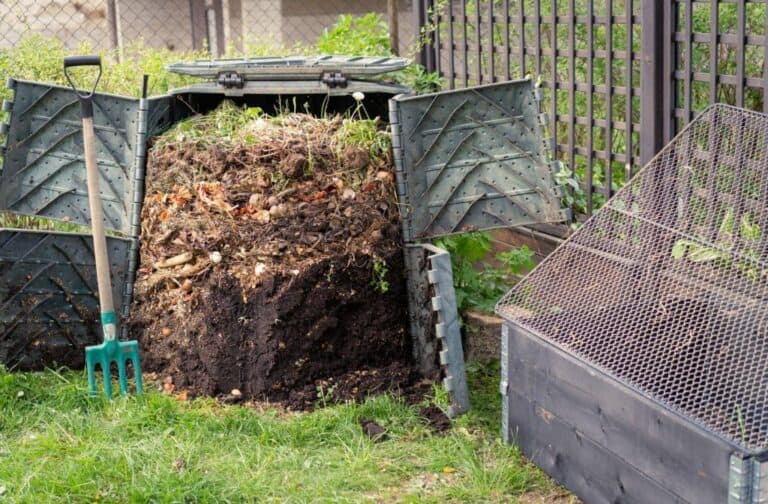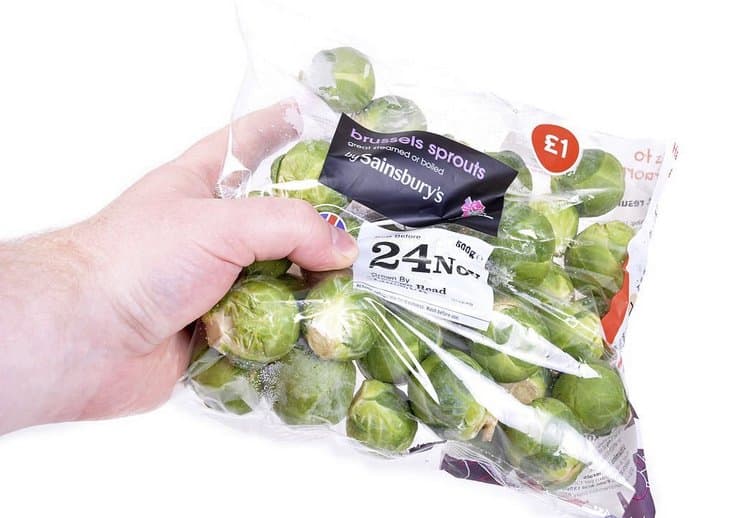How Does Organic Farming Reduce Soil Erosion? Sowing Sustainability

Picture a world where fertile soil, essential for sustaining life, is eroded and lost at an alarming rate. Such a scenario would not only threaten our agricultural productivity but also disrupt the delicate balance of our planet’s ecosystem. But fear not, for there is a beacon of hope shining brightly on the horizon—organic farming! Beyond being a trendy buzzword, organic farming has proven to be an environmental champion, effectively combating the relentless force of soil erosion.
In this journey into the realm of sustainable agriculture, we will unravel the secrets of how organic farming stands tall as a bulwark against soil erosion. From nourishing the soil with organic matter to strategic crop rotations and innovative conservation practices, the world of organic farming offers a holistic and elegant solution to protecting our precious soil. So, fasten your seatbelts, and let’s embark on this enlightening quest to understand how organic farming makes the Earth a greener and more resilient place.
Introduction to Organic Farming
Organic farming has gained widespread attention as an eco-friendly and sustainable approach to agriculture. Unlike conventional farming, which heavily relies on synthetic inputs and mechanized practices, organic farming embraces nature’s cycles and aims to work harmoniously with the environment.
By following specific principles and practices, organic farmers strive to reduce their ecological footprint while fostering soil health and biodiversity. Sustainable agriculture is a cornerstone of organic farming, with the primary goal of combating soil erosion and preserving our precious soil resources.
In this article, we will delve into the intriguing world of organic farming and explore how it effectively mitigates soil erosion, a major challenge threatening agricultural productivity and environmental stability.
Understanding Soil Erosion
Soil erosion is the process by which fertile topsoil is washed or blown away, leaving behind depleted and vulnerable land. Natural occurrences but frequently made worse by human activities like deforestation, poor land management, and excessive tillage. The consequences of soil erosion are far-reaching, impacting water quality, reducing crop yields, and contributing to sedimentation in water bodies.
There are various types of soil erosion, with water and wind erosion being the most common. Heavy rainfall or flowing water are the main causes of water erosion, whereas wind erosion occurs in exposed, dry areas with loose soil that is vulnerable to wind currents.
The Role of Organic Matter in Soil Erosion Prevention

One of the fundamental principles of organic farming is the incorporation of organic matter into the soil. Organic matter, such as decomposed plant residues and animal manure, plays a pivotal role in enhancing soil structure and stability. When organic matter is integrated into the soil, it acts as a binding agent, creating aggregates that prevent soil particles from being easily dislodged.
Moreover, organic matter significantly improves the water retention capacity of soil. Soils rich in organic matter have better porosity and can hold more water, reducing surface runoff during heavy rainfall. By retaining water, organic matter helps sustain moisture levels in the soil, making it less susceptible to erosion.
Cover Crops and Green Manure in Soil Erosion Control
Cover crops and green manure are two powerful tools in the organic farmer’s arsenal to combat soil erosion. Cover crops are non-cash crops, typically planted during fallow periods, that cover and protect the soil surface. They act as a natural shield, shielding the soil from the impact of raindrops and minimizing soil compaction.
Green manure, on the other hand, involves sowing specific plant species that are later incorporated into the soil to improve its fertility and structure. These plants, like legumes, have the added advantage of fixing nitrogen from the atmosphere into the soil, making it more nutrient-rich and conducive to plant growth.
Crop Rotation and Diversification
Monocropping, or the continuous cultivation of a single crop on the same piece of land, is a common practice in conventional farming. However, this practice can lead to increased vulnerability to pests, diseases, and soil erosion. Organic farmers embrace crop rotation and diversification as essential strategies to safeguard soil health.
Crop rotation involves the systematic planting of different crops in succession on the same field. By varying the crop types, root structures, and nutrient demands, soil depletion is reduced, and the risk of soil erosion is minimized. Diversifying crops further enhances soil health, as various plants contribute different organic compounds and interact positively with one another.
Contour Farming and Terracing Techniques
Contour farming is a strategic method where crops are planted following the contour lines of the land, rather than along straight rows. This approach helps slow down water flow during heavy rains, preventing the formation of gullies and reducing soil erosion. Terracing, another effective technique, involves creating level platforms on sloping terrain to minimize water-induced erosion. By building terraces, the force of water is dispersed, allowing it to infiltrate the soil gradually.
Case studies have demonstrated the success of contour farming and terracing. In the Loess Plateau of China, the implementation of terraced fields has significantly reduced soil erosion and increased agricultural productivity.
Reduced Tillage and No-Till Farming
Conventional tillage practices involve plowing or tilling the soil, which can loosen the topsoil and make it susceptible to erosion. However, organic farmers opt for reduced tillage and no-till methods, leaving crop residues on the soil surface after harvest. These residues act as a natural protective layer, shielding the soil from erosive forces and reducing runoff. No-till farming, in particular, avoids soil disturbance altogether, promoting better soil structure and stability.
Embracing reduced tillage practices presents challenges, such as weed management and adapting to new techniques. Nevertheless, with proper planning and the right approach, organic farmers can successfully reduce soil erosion while maintaining productivity.
Windbreaks and Shelterbelts
Windbreaks and shelterbelts are essential components of erosion control, especially in regions with strong winds. Windbreaks consist of rows of trees or shrubs planted along the edges of fields. They create a barrier that shields crops from the erosive force of wind, reducing the loss of fertile topsoil. Proper selection of tree and shrub species is crucial to maximizing the effectiveness of windbreaks.
The design and placement of windbreaks should consider the prevailing wind direction and the layout of the landscape. When strategically planned, these green barriers prove to be powerful allies against wind erosion.
Water Management and Erosion Control
Water management plays a pivotal role in preventing erosion in organic farming. Proper management of water resources involves controlling runoff and surface water movement to minimize erosion. Techniques like contour farming, terracing, and the use of cover crops aid in retaining water within the soil, preventing runoff and reducing erosion caused by water flow.
Integrating organic farming practices with effective water management ensures a harmonious approach to combating soil erosion, benefiting both agriculture and the environment.
Conclusion
Organic farming presents a holistic and environmentally friendly solution to soil erosion prevention. By focusing on sustainable practices, incorporating organic matter, utilizing cover crops, and implementing crop rotation, organic farmers nurture their soils and protect them from the erosive forces of nature.
As consumers, supporting organic agriculture helps sustain the earth’s precious soil resources for generations to come, fostering a harmonious relationship between human needs and environmental conservation.
FAQs on Organic Farming and Soil Erosion Management
What are the main principles of organic farming?
Organic farming principles revolve around sustainability, avoiding synthetic chemicals, and promoting biodiversity. Key aspects include enhancing soil health with organic matter, employing crop rotation, using natural pest control methods, avoiding genetically modified organisms (GMOs), and minimizing soil disturbance through no-till practices.
How does organic farming benefit the environment?
Organic farming benefits the environment by reducing soil erosion, preserving biodiversity, and promoting healthier ecosystems. It avoids the use of synthetic pesticides and fertilizers, reducing chemical runoff and water pollution. Organic practices also sequester carbon in the soil, mitigating climate change impacts.
What are the disadvantages of organic farming?
Organic farming may have lower crop yields compared to conventional methods. It requires more labor and may lead to higher prices for organic produce. Additionally, pest control can be challenging without synthetic pesticides, potentially leading to crop losses.
Can organic farming increase crop yields?
While organic farming can improve soil, its yields are comparable in some cases. It typically yields less than conventional farming. However, with proper management and improved techniques, organic systems can bridge the yield gap.
Does organic farming use pesticides?
Organic farming uses natural pesticides derived from plants and minerals, and allows for specific, approved synthetic pesticides as a last resort. However, it strictly prohibits the use of synthetic chemical pesticides.
Can organic farming completely eliminate soil erosion?
While organic farming significantly reduces soil erosion through conservation practices, it may not completely eliminate erosion. It aims to maintain a balance between agricultural productivity and environmental conservation.
How long does it take for organic farming practices to show results in soil erosion reduction?
The time for organic farming practices to show results in reducing soil erosion varies based on factors like soil condition, climate, and management practices. Significant improvements may be observed within a few years.
Is organic farming more expensive than conventional farming methods?
Cost Comparison of Organic Farming vs. Conventional Farming: Organic farming can be more expensive due to labor-intensive practices and limited economies of scale. However, with increasing demand and improved efficiency, costs are gradually becoming more competitive.






